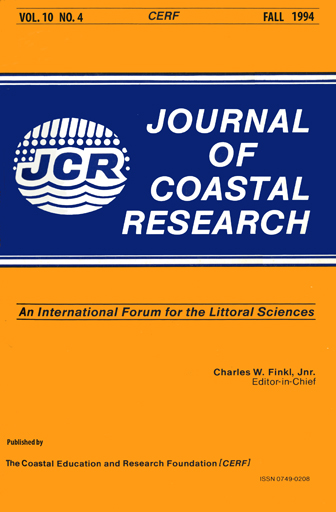Holocene Sequence of Sea-Level Fluctuations in Relation to Climatic Trends in the Atlantic-Mediterranean Linkage Coast
Keywords:
Interglacial, sea-level change, bar, littoral dynamics, longshore spit, littoral drift, control erosionAbstract
The systems of spit bars that crop out in the area of linkage Atlantic-Mediterranean began to accumulate around 6,900 yr BP during the maximum of the Present Interglacial. From the morpho-sedimentological study of these spit bar systems, the study of littoral dynamics (particularly the littoral drift and interchange of "superficial Atlantic water" (SAW) and Mediterranean water), and the results of 14C measurements, we have deduced that (a) the maximum of the Present Interglacial took place ca. 6.500 yr BP, (b) the progradation of spit bar systems relates to climate; anticyclonic conditions increase the entrance of "superficial Atlantic Water" into the Mediterranean, and enhance littoral drift favouring progradation. In contrast, the entrance of SAW decreases under low-pressure conditions causing reduced littoral drift, no progradation and, as a consequence, generation of the very large swales or erosional surfaces separating successive spits. (c) In the most complete case, four large prograding bodies called H1, H2, H3 and H4, can be distinguished, but more 14C measurements are required to deduce more precise periodicities.


